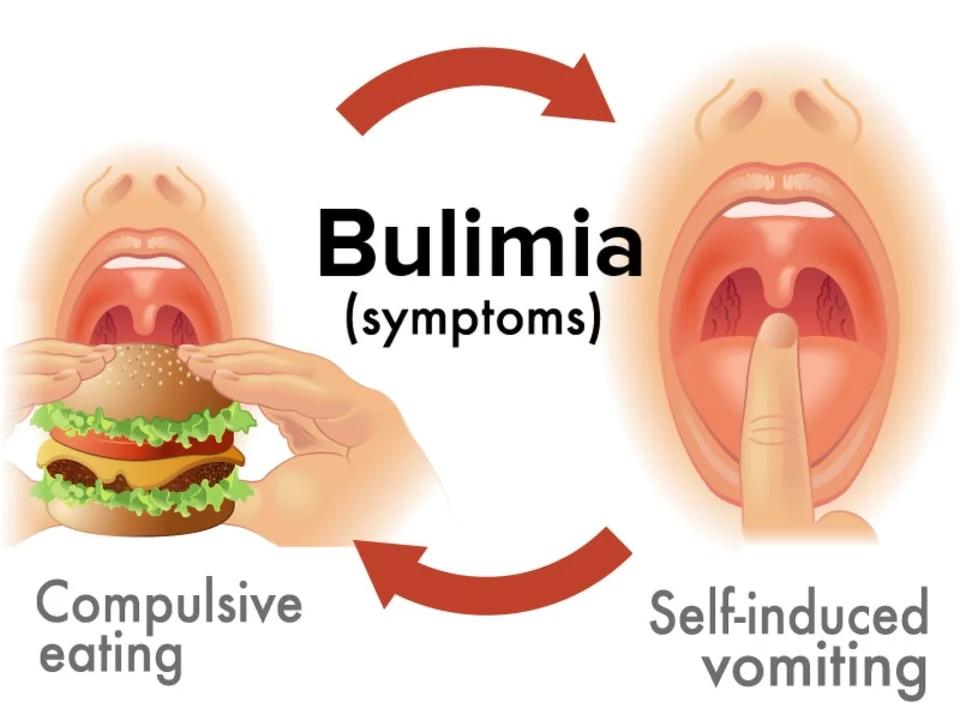Eating Disorders – What You Need to Know and Find Here
If you’ve landed on this page, chances are you’re looking for clear info about eating disorders. Maybe you or someone you love is struggling, or you just want to understand the signs before they become serious. Either way, you’ll get straight‑to‑the‑point facts, real‑world tips, and links to articles that break down each topic in plain language.
Eating disorders are more than just “bad eating habits.” They’re mental‑health conditions that affect thoughts, emotions, and behavior around food. The most common ones are anorexia nervosa, bulimia nervosa, binge‑eating disorder, and avoidant/restrictive food intake disorder (ARFID). Each has its own pattern, but they share a core issue: an unhealthy relationship with eating that can damage the body and mind.
Common Types of Eating Disorders
Anorexia nervosa shows up when a person restricts calories so much that they drop to dangerously low weight. They often see themselves as overweight even if they’re underweight, and they may obsess over calories, exercise, or “clean” eating.
Bulimia nervosa involves cycles of bingeing on large amounts of food followed by purging—vomiting, laxatives, or excessive exercise—to avoid weight gain. The binge‑purge rhythm can happen several times a week and often stays hidden from others.
Binge‑eating disorder is similar to bulimia’s binge part, but there’s no regular purging afterward. People eat far more than their bodies need, feel out of control while eating, then experience guilt or shame.
ARFID isn’t about body image; it’s a fear or aversion to certain textures, smells, or colors of food. This can lead to severe nutritional deficiencies, especially in kids.
How This Site Helps You Manage the Journey
GoodRx.SU curates articles that cut through medical jargon and give you practical steps. Want to know how to spot early warning signs? Check out our “Eating Disorder Symptoms Checklist.” Need tips on talking to a doctor without feeling judged? We have a guide called “How to Discuss Eating Concerns with Your Healthcare Provider.” If you’re searching for treatment options, we break down therapy types—cognitive‑behavioral therapy (CBT), family‑based therapy (FBT), and medication—so you can decide what feels right.
Each article includes real‑world examples, common questions, and a short FAQ that addresses the most pressing doubts. We also list reputable support groups and hotlines so you never have to feel alone.
Beyond articles, we provide quick reference tables that compare symptoms, risk factors, and treatment success rates. Those tables help you see at a glance what might match your situation and which professionals to reach out to next.
Remember, spotting an eating disorder early can make recovery smoother. If you notice any of these red flags—dramatic weight change, secretive eating habits, extreme dieting, or frequent trips to the bathroom after meals—don’t wait. Use our resources to get informed and then seek professional help.
We keep this page updated with the latest research and guidelines, so you always have fresh information. Bookmark it, come back often, and explore the related posts listed below. Your health matters, and we’re here to give you the facts you need without any fluff.

Bulimia Nervosa and Body Image: How the Media Contributes to Eating Disorders
Finnegan O'Sullivan May 28 14In my recent blog post, I discussed the connection between Bulimia Nervosa, body image, and the role media plays in contributing to eating disorders. It's apparent that unrealistic beauty standards portrayed in the media are affecting many individuals' self-perception, leading some to develop unhealthy eating habits. The constant exposure to airbrushed images and unattainable body ideals has a direct impact on our mental health, particularly for those who are vulnerable to eating disorders. As a society, we must work on promoting body positivity and challenge the media's portrayal of beauty standards. It's crucial to educate ourselves and others on recognizing the signs of eating disorders and supporting those who may be struggling.
More Detail